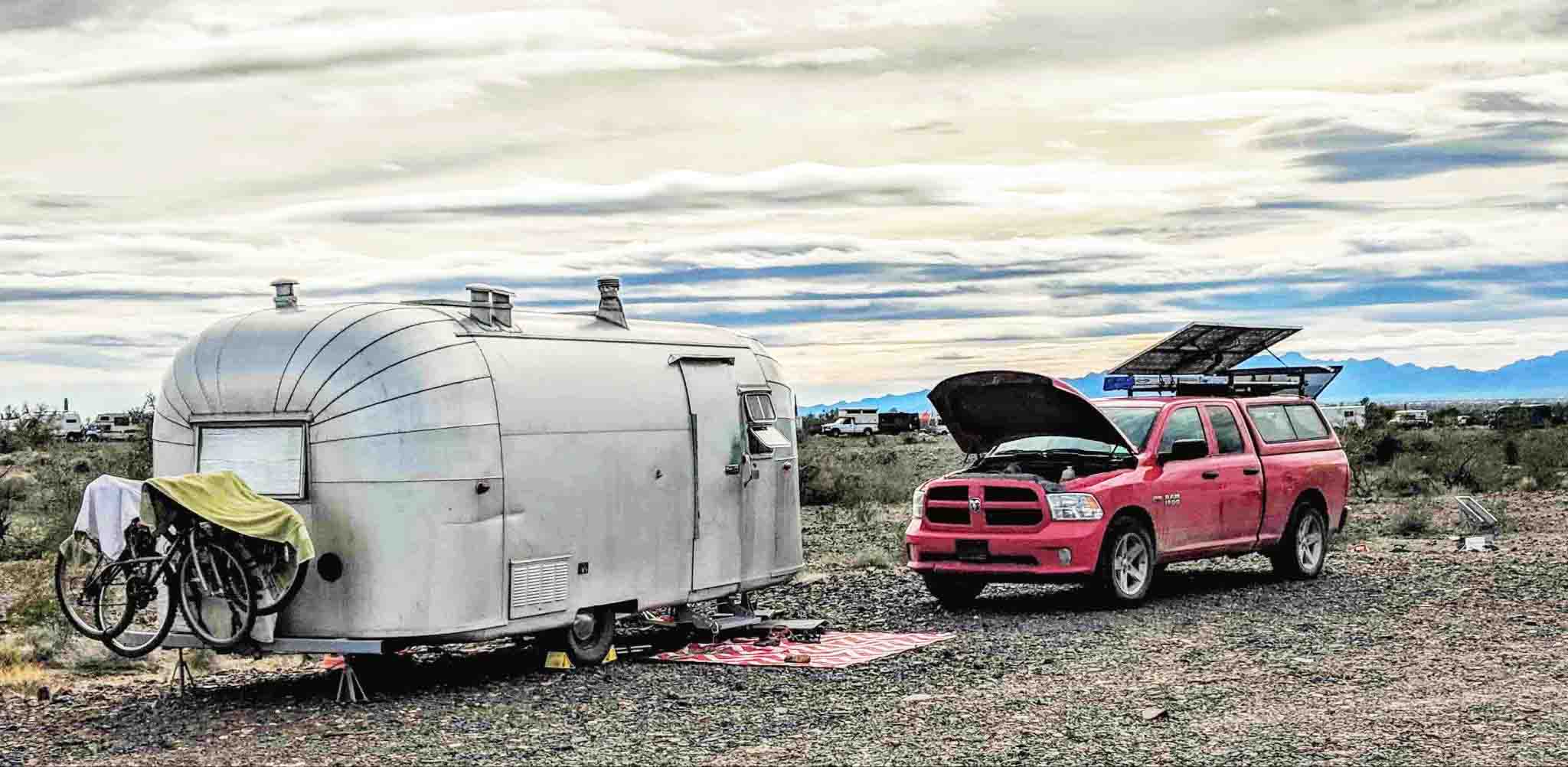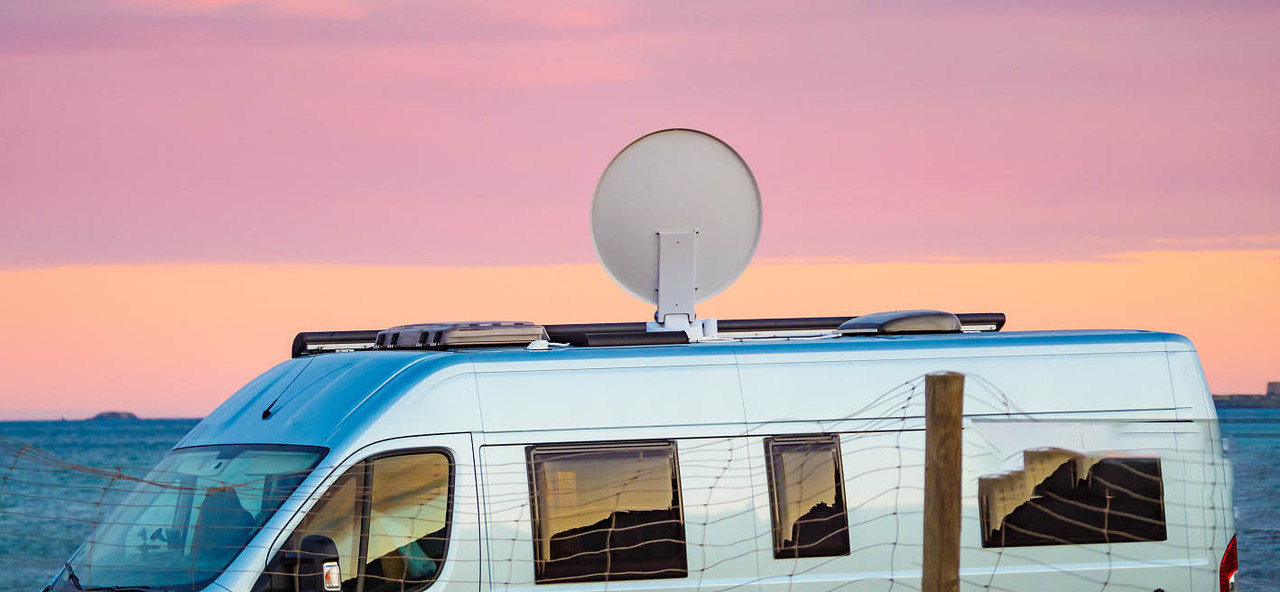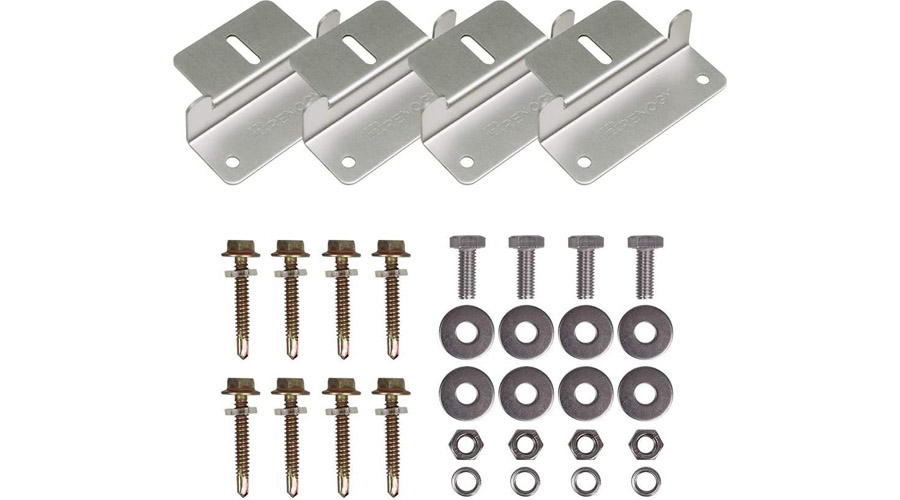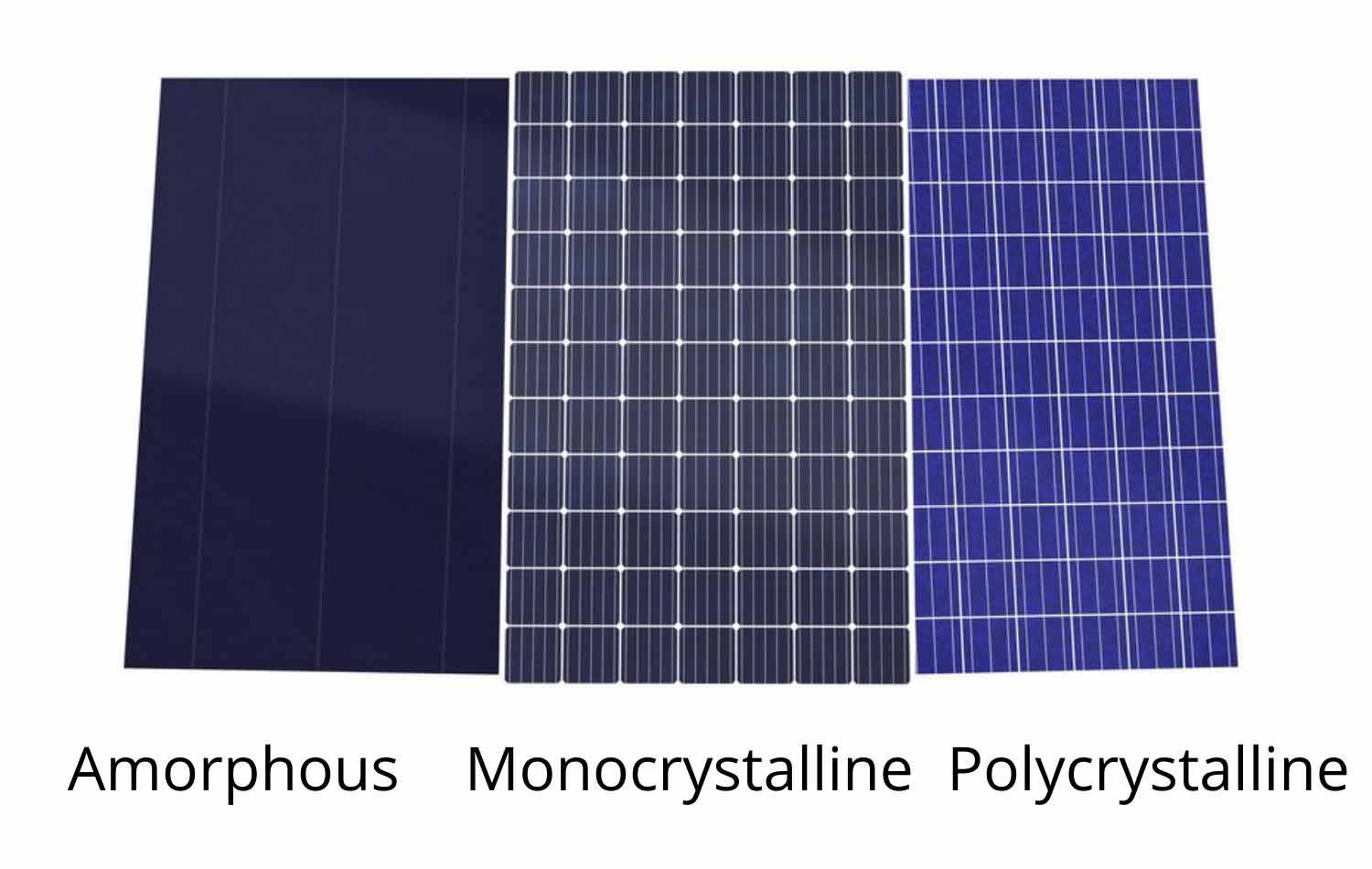Mount Solar Panel To Roof Rack | Complete Guide
Mount Solar Panel To Roof Rack | Complete Guide
Imagine this -- you are driving to your next campsite and you find out online that they don't have any shore power plugins! Your heart begins to race as you think of the long, dark night ahead. But a moment later, you calm down and smile to yourself as you realise that your vehicle has roof-mounted solar panels.
That is the peace of mind solar provides; the ability to make anywhere home and power your RV, 4WD or trailer even in the most remote areas.
You might have tried other energy solutions, such as gas generators or even portablesolar panels. But only by mounting solar panels to your roof rack can you generate enough power to gain energy independence and elevate your adventures.
In this article, we talk about:
-
Pre-installation
- What Are Roof Mounted Solar Panel Systems?
- What Should You Consider When Mounting Solar Panels To Roof Rack?
-
Installation
- Common Mounting Methods For Different Roof Types
- How To Mount A Solar Panel To Roof Rack? (Steps)
- Which Solar Panel Is Best For Rooftop?
- Solar Panel Roof Rack Mounting Kit
- Monocrystalline Or Polycrystalline Panel For Your Roof?
- Alternatives to Roof Mounted Solar Panels on
First, let's explain what ‘roof mounted solar panel' means.
What Are Roof Mounted Solar Panel Systems?
By their nature, solar panels need to be mounted somewhere facing the sun so they can generate energy. Some solar panels are mounted on the ground using stands, some on walls, some on the roofs of buildings, and some on vehicle roofs. The possibilities are legion.
In RV, 4WD or mobile home circles, a roof-mounted solar system refers to an array of panels that's installed securely on the roof of a vehicle or its trailer.
Mounting solar panel to roof rack on RVs or other vehicles experience a lot of stressing force when you are driving.Therefore they need special frames, fastenings or tools to give them the support they need. In addition, the panels need to be installed in a manner that doesn't hold back your driving.
Roof Mounted Solar Panels can be installed using three main methods:
1. Mounting onto a roof rack
2. Using Screws and Z brackets directly onto the roof.
3. Using Double-Sided Adhesive Tape
Out of the above 3 methods, bolting panels to your roof rack is the easiest and simplest method. Followed by using double-sided VHB tape or drill-less or drill-free mounts.
Screwing Z brackets onto your roof can get tricky due to the high risk of water leakage if the screws aren’t sealed correctly. Watch this video on how to mount Z brackets onto your solar panels.
Pros and Cons of Roof Mounted Solar Panels
Pros of Roof Mounted Solar Panels
● Makes valuable use of unproductive space on your rooftop.It doesn't take up space inside your vehicle.
● It doesn't hurt or get in the way of your vehicle's looks. It's more aesthetically pleasing as it's hidden out of most people's sightlines.
● It's more secure and easier than using portable solar panels on roof racks.
Cons of Roof Mounted Solar Panels
● DIY installation requires hands-on experience or the willingness to do DIY work.
● Installation or routine cleaning of solar panels on the roof carries some risk of injury if you fall.
● Some mounting methods cause slight aesthetic damage to your roof and ceiling.
What Should You Consider When Mounting Solar Panels To Roof Rack?
When mounting solar panels to your roof rack, there are a couple of things you need to keep in mind for the best results:
1. Roof Strength: Your roof should be sturdy enough to support the added weight of panels. And also be strong enough not to be pulled off by the wind when driving.
2. Roof Shape and Type: Some roof shapes and types need special roof racks suitable for their unique nature. You can probably find a compatible roof rack online. Don’t forget to look for aluminium roof racks
3. Panel Weight: More weight on your vehicle is equal to less mileage on the litre. You need to choose lightweight panels that can be installed in a way that does not reduce the aerodynamics of your RV, van, 4WD, or another vehicle.
4. Strength of The Panel: A lot of forces act on your roof mounted panels when you are driving at high speeds or in bumpy conditions. Therefore, if you opt for rigid-frame panels, make sure they are strong enough and don’t have a lot of flex.
5. Roof Rack Installation Type: A roof rack provides a solid foundation upon which you can mount your panels in a number of ways. For example, some people choose to do an under-the-roof-rack installation that can slide out. Others choose to bolt their panels directly onto the roof rack or use tilt mounts. The sky's the limit when it comes to roof rack panel installations. At the end of the day, ensure your solar panels are securely installed onto your roof rack to avoid them coming off and killing someone.
6. Available Installation Space: Depending on the type of vehicle or your rack usage, you might not want to occupy all your roof rack space with solar panels. Sometimes, you might only want to use a portion of your rack for solar panels.

Common Mounting Methods For Different Roof Types
There are three main methods to mount solar panels onto rooftops:
1. Mounting onto a roof rack, railings, or struts: If your roof already has either of the three foundational structures, or can accommodate them, please use this method as it’s easy, safer, and secure. It won’t cause permanent damage to your roof and can be easily replaced when the need arises. This method is suitable for all roof types that can support racks, railings, or struts.
2. Using Screws or Bolts and Z brackets directly onto the roof: This is the method shown in the above image. Using self-tapping screws and Z brackets to mount solar panels is also easy but has a couple of drawbacks. For starters, it carries the risk of water leakage on your roof if the holes are not sealed correctly. Secondly, screw mounted-panels are not as securely fastened as panels that are bolted directly to a roof rack. This method can be used for most roof types including rubber roof.
3. Using Adhesive Tape: This method typically uses industrial-grade 3M VHB double-sided tape or Eternabond instead of screws. We usually recommend VHB tape as it’s really strong when mounted to the right surfaces. Adhesive tape is non-intrusive and drill-free, therefore suitable for situations where you don’t have a rack but don’t want to drill holes into your roof. Adhesive tape can be used for fibreglass roofs, metal roofs, and other kinds of sturdy roofs. Just remember to prepare the surfaces before applying the tape.

How To Mount A Solar Panel To A Roof Rack? (Steps)
As mentioned in the above list, a roof rack solar panel installation can be done in a variety of ways. Some people mount their solar panels under the roof rack, so they still use the roof rack for other purposes. Others are mounting their solar panels directly on top of their roof rack using a variety of methods.
Each method has its pros and cons. We recommend mounting your panel on top of the rack instead of underneath. This way your panel gets maximum sunshine and is not permanently shaded by the roof rack.
We will show you the easiest way to mount solar panels to the roof rack, and all it takes is a trip to your local hardware store. That is if your vehicle already has a roof rack. If it doesn’t, try to find a sturdy roof rack or struts that are suitable for your vehicle.
That being said, the easiest method to do a roof rack solar panel installation is to bolt the panels directly onto your roof rack.
Here is a step-by-step walkthrough of how to mount a rigid solar panel to a roof rack using bolts:
1.Gather the Components: This includes getting ready the required bolts, nuts, brackets, and panels.
2.Prepare the Installation Area: Clean the area where you are going to place your panels.
3.Place The Panels Onto Your Roof Rack: This is a crucial step to ensure that everything is the right length and will fit together. You can also use this opportunity to mark spots that need drilling or securing.
4.Secure The Panels Onto Roof Rack: There are two ways to secure your panels onto the roof rack. The first uses the holes on the back of your panels and U-shaped bolts to secure your panels onto the arms of the roof rack. The second method uses brackets and straight bolts to secure your panels onto the roof rack. This may involve drilling holes directly through the roof rack without damaging the roof.
Mounting solar panels to a van (roof rack or not) is quite simple, even if your van doesn’t have a roof rack. Most vans come with bolt holes where you can fix your roof rack or struts for the panels.
Here’s a video showing you how to mount flexible solar panels to your 4WD:
Which Solar Panel Is Best For Rooftop?
The ideal or best roof rack solar panelis:
1. Lightweight. The panel should not add too much weight to your vehicle.
2. Most Efficient. The panel should generate the most energy per square unit of area.
3. Durable and Hardy. The panel should be able to resist the forces that will act upon it when the vehicle is on the road.
4. Easy to Install and Maintain. The panel should be hardy enough to withstand any weight or force placed upon it during routine cleaning.
So which solar panel is best for your rooftop?
It depends.
1. If you have a solid roof rack or plan to install struts on your rooftop, the solar panel that's best for your rooftop is a rigid, lightweight monocrystalline solar panel that offers the most strength, efficiency, durability and portability.
2. If you have a curved roof that's not suitable for roof rack installation, the best solar panel for your roof is a flexible lightweight monocrystalline panel 2.that can bend to the shape of any roof. You can use industrial 3M VHB double-sided tape to secure your flexible panels onto your rooftop. Taking care to leave ventilation space between the panels and the rooftop.
Solar Panel Roof Rack Mounting Kit
Renogy currently doesn't sell any complete solar panel roof rack mounting kits that come with rails. Instead, we have the next best thing, a Z bracket mounting kit that works well on any type of roof mount you have planned. The Z bracket mounting kitcomes with self-tapping screws, bolts, washers, and nuts. It doesn’t include struts, railings, or any other foundational support structures.
If you are looking for something extra, we also have other types of mounts, including:
1. 27.4in Pole Mounts for Solar Panels
2. Adjustable Solar Panel Tilt Mounts
3. Drill-Free Corner Bracket Mounts
4. Flat Roof Adjustable Tilt Mounts
For railings, struts, or roof racks, a quick search online or a trip to your local hardware spot will likely give you the solutions you need. You can also try searching online and learn how other people that own a similar vehicle carried out their solar panel installation.
Monocrystalline Or Polycrystalline Panel For Your Roof?
Monocrystalline panels, also known as 'mono panels', offer the best performance hands down. So for all cases where the installation space available is limited, a monocrystalline panel will generate the most energy per square metre. That being said, monocrystalline panels are usually slightly more expensive than polycrystalline panels. On the other hand, polycrystalline panels are slightly less powerful than their monocrystalline counterparts. As a result, they are not the ideal choice for installations where the available space is limited. Typically, people who choose 'poly panels' have plenty of installation space available. Thus they value the affordability of poly panels over their performance.
In short, monocrystalline panels are better suited for your RV or vehicle rooftops, which always have a limited amount of space.
Alternatives to Roof Mounted Solar Panels on
If you are not ready to commit to roof mounted solar panels, you can use these alternatives in the meantime:
1. Gas Generator: A generator is loud, runs on fuel, and pollutes the air. It's not suitable for use inside a cosy RV, van or 4WD, and might need special housing when it's raining outside. In addition, a generator and its fuel create extra baggage and increase your fuel consumption. That being said, if you can afford it, a generator can probably produce enough electricity to power all your electronics.
2. Shore Power: Most houses use shore power (also known as grid power) to meet their energy needs. If you're somewhere near a shore power outlet, you should take advantage of it. That being said, the cost of shore power is higher than the cost of solar. In addition, relying on shore power doesn't give you the freedom to explore with your RV and ties you down to locations with outlets.
3. Portable Solar Panels: A step in the right direction. Portable solar panels are panels that you can place in the sun when you want to use them. After you are done, you can put them back into storage. That being said, portable panels take up space in your car, and can't be used when you're driving.
*Note: Bolting your panels onto the roof rack is quick, easy, and usually more secure than the alternatives.

Related articles:
Adding a Solar Installation To Your Van
What To Know About Flexible Solar Panels?
100w Solar Panels Complete Guide - Renogy








